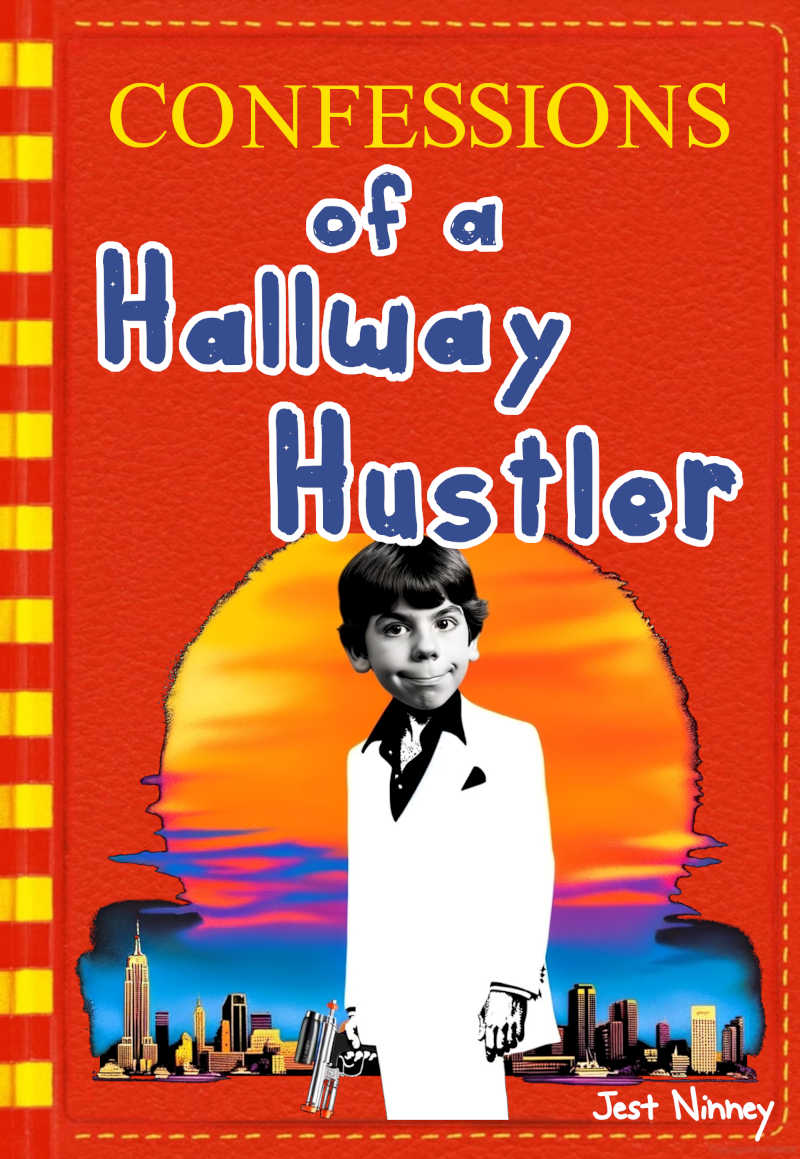Introduction
Parody, a term rooted in the Greek word “paroidia,” is a distinctive form of humor that involves the imitation and exaggeration of another work, artist, or genre, often to produce a comedic or critical effect.
This form of artistic expression has been employed across various domains, including comedy, satire, pop culture, literature, film, and music, serving as both a mirror and a magnifying glass to the subjects it targets.
Meaning of Parody
At its core, parody is about imitation with a twist. Unlike straightforward humor, which can be broad and encompass various techniques, parody specifically focuses on imitation. It takes the familiar and presents it in a new, often exaggerated, light. The primary intention behind creating parodies is multifaceted: to entertain, to critique, and to offer a fresh perspective on the familiar.
Examples abound, from Miguel de Cervantes’ “Don Quixote,” which parodies chivalric romances, to modern-day TV shows like “Saturday Night Live,” which offer parodic takes on current events and cultural trends.
Characteristics of Parody
Three key elements define parody: imitation, exaggeration, and humor. By imitating a known work or style, parody offers a sense of familiarity. This imitation is then exaggerated, often to absurd levels, to highlight the peculiarities or flaws of its subject. The final ingredient, humor, ensures that the parody entertains.
Additionally, parody often employs irony and satire. While irony introduces an element of unexpected incongruity, satire adds a layer of critique, making parodies not just humorous, but also thought-provoking.
Literary Parodies
Literature has been a fertile ground for parody. Classic works like “Gulliver’s Travels” by Jonathan Swift offer parodic explorations of travel narratives. Modern authors, too, have embraced parody.
For instance, “Pride and Prejudice and Zombies” by Seth Grahame-Smith humorously reimagines Jane Austen’s classic in a zombie-infested world.
Such parodies not only entertain but also invite readers to reconsider the original works, probing deeper into their themes and conventions.
Writing Parodies
Crafting a successful parody requires a deep understanding of the source material. It’s essential to recognize the nuances and characteristics that make the original unique. Once identified, these elements can be exaggerated for comedic effect.
For budding parody writers, studying the works they wish to parody, practicing imitation, and then adding their own comedic twist can be an effective exercise. Whether it’s literature, film, music, or advertising, the key lies in striking a balance between familiarity and novelty.
Free Wordplay in Parodies
Parodies often revel in linguistic playfulness. Wordplay, puns, and comedic language transform the familiar into something fresh and funny. This creative license allows parodists to manipulate and reinterpret original content, adding layers of humor and meaning. For instance, the title “Shakespeare’s Star Wars” immediately signals a playful fusion of classic literature and modern sci-fi.
People and Parodies
The world of parody has its stars. “Weird Al” Yankovic, for instance, has built a career on musical parodies, while comedians like Mel Brooks have parodied film genres. These figures have not only contributed significantly to the art of parody but have also shaped its reception. Their works invite audiences to laugh, think, and view the familiar in unfamiliar ways.
Western Influences on Parody
Parody’s roots in Western culture are deep, evolving alongside literary and artistic movements. From ancient Greek plays that mocked societal norms to modern parodies that critique contemporary culture, the West has a rich tradition of parodic expression. Works like “The Canterbury Tales” by Geoffrey Chaucer or films like “Airplane!” showcase the range and depth of Western parodies and their lasting cultural impact.
Parody in Film
The film industry has embraced parody with open arms. Spoof films, like “Spaceballs” or “Scary Movie,” mock entire genres, blending elements from various movies to create comedic tapestries. These films not only entertain but also offer commentary on cinematic conventions, characters, and iconic moments, encouraging viewers to see films in a new light.
Parody in Music
Music offers a unique platform for parody. From humorous covers of popular songs to genre parodies that mock musical conventions, the auditory element adds a layer of complexity. Successful musical parodies, like those by “Weird Al” Yankovic, can even rival the popularity of the original songs. However, this domain also raises legal and ethical questions, especially concerning copyright and the fine line between homage and theft.
Parody as a Comic Device
Parody’s primary aim is to entertain. By leveraging various comedic techniques, such as slapstick, irony, and observational humor, parodies engage audiences on multiple levels. Furthermore, the psychological and sociological aspects of humor in parody offer insights into why certain parodies resonate more than others.
Synonyms for Parody
While parody is a distinct form of humor, it shares similarities with terms like spoof, satire, burlesque, and lampoon. Each of these has its nuances. For instance, satire often has a more pointed critique, while burlesque exaggerates for dramatic or comedic effect. Recognizing these subtle distinctions enriches our understanding of comedic arts
Recap
Parody, with its blend of imitation, exaggeration, and humor, holds a unique place in artistic expression. Whether in literature, film, music, or other domains, it offers a lens through which we can laugh at, critique, and reflect upon the world around us. Its enduring popularity and cultural significance underscore its power to entertain, enlighten, and challenge.

